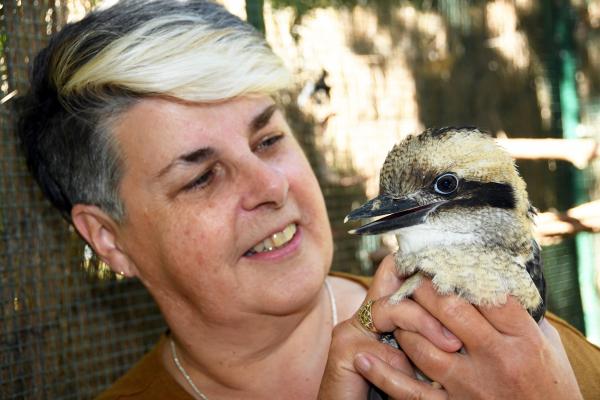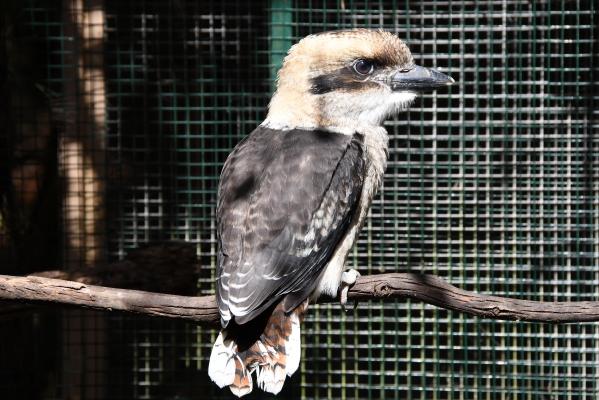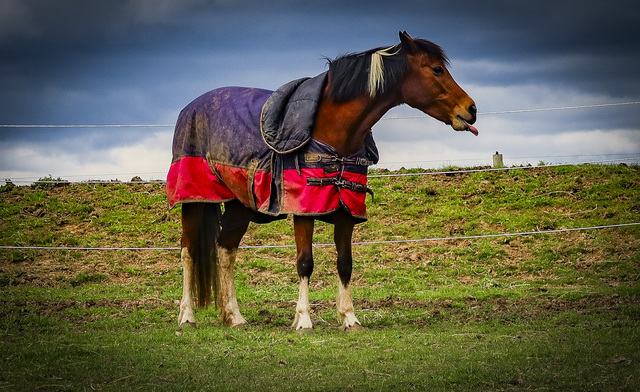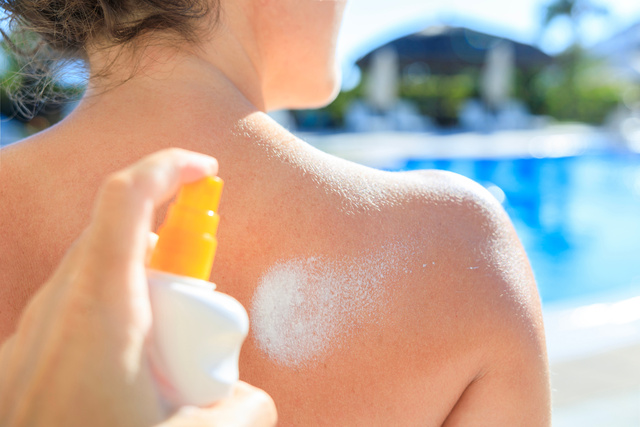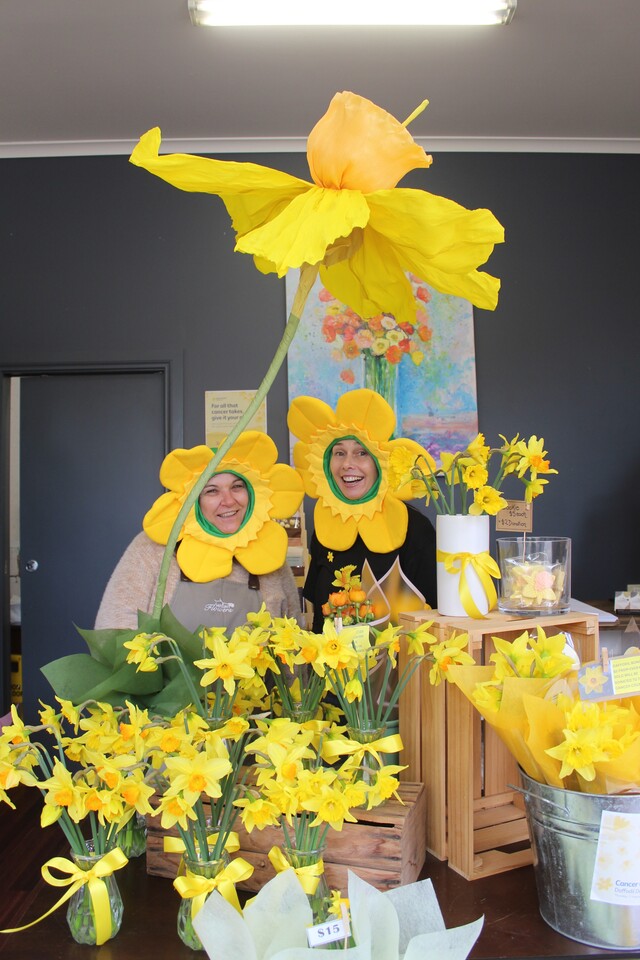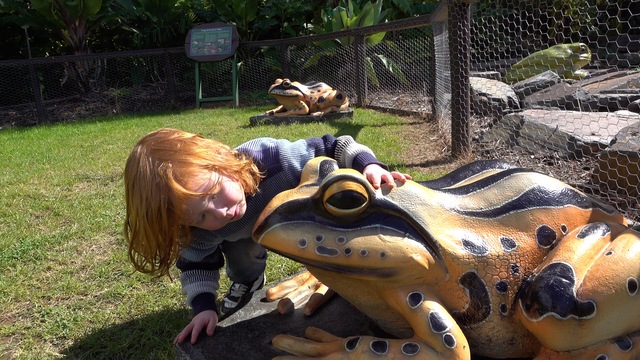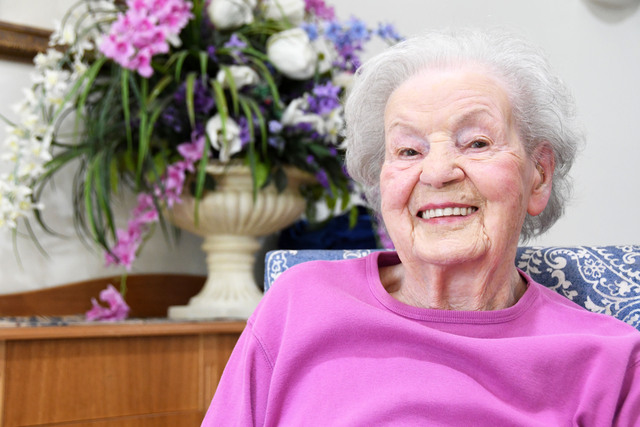She’s fluffy, vocal and has won hearts in the hills.
When Chuckle’s the Kookaburra’s nesting tree was felled in the Upwey Belgrave area in October, her chances of survival remained up in the air.
Fast forward a month and Chuckles is an internet sensation – captivating locals with her strength and growth into a healthy and adventurous baby kookaburra.
Chuckles’ current celebrity status did not come without help, however. Her chances at life improved tenfold when a rescuer stumbled across her fallen nest and placed the three unhatched eggs in the capable hands of wildlife carer Sue Samphier at Mount Evelyn Nocturnal Zoo on 14 October.
Mrs Samphier has posted daily updates on Chuckles to community Facebook group ‘The Hills and The Dandenongs’, where loyal local followers have witnessed Chuckles transform from a tiny hairless hatchling to an independent and determined young bird.
The Star Mail caught up with Mrs Samphier to learn the story behind the kookaburra that has captured so many hearts.
“They (the rescuer) knew I would have an incubator and rang to see if I would take them. If they’d just been eggs I normally wouldn’t of but there was a hole in one of the eggs and she was chirping and I could see her moving around,” Mrs Samphier said.
While birds weren’t what Mrs Samphier would typically take on, she researched and called other wildlife carers in efforts to provide the three kookaburra eggs with the best possible chances of survival.
She borrowed the incubator from work and took the three eggs home, where Chuckles hatched the first night.
“The second night both the other two hatched out but they only lived for a couple of days. They wouldn’t eat and regurgitated food, whereas Chuckles kept going,” Mrs Samphier said.
Mrs Samphier and her husband Darren “tag-teamed” the feeding, which was at 8am, 11am, 2pm, 5pm and 8pm initially.
“She had to be fed every three hours so my husband had been setting his clock to make sure he hasn’t had meetings at feeding time,” she laughed.
“In the first couple of days, when the other two passed away, she got a little funny with eating and I thought, oh no, we’re going to lose her. I contacted a few people and was giving her probiotics and nutrigel to try and set up her gut.
Mrs Samphier told the Star Mail that mother kookaburra’s have bacteria in their beak which is typically passed on to the babies and used to break up food, so she initially focused on getting Chuckles’ gut healthy to help with digestion.
As Chuckles grew, she was transferred to a brooder with heat and was fed “little pinky mice”.
“I then did a lot of research and heard about people getting local kookaburras to adopt babies,” Mrs Samphier explained.
Equipped with her newfound knowledge, Mrs Samphier waited until Chuckles was a bit bigger and had feathered before opening the bathroom window to encourage local kookaburra’s to adopt her.
“She was calling out and the local kookaburra’s came to visit, encouraged by food on the windowsill and tub. They grabbed the food and started feeding her,” she said.
The much-loved daily Facebook posts have detailed all the milestones in Chuckle’s life so far – including a video of the very moment she hatched out of the egg, diary entries of when she put on weight, grew her first feathers, the first time she was taken outside and the time she embarked on her first flight to the top of the cubby hut.
A heart-warming video of the local kookaburras perched up on Mr and Mrs Samphier’s bathroom windowsill, feeding Chuckles, touched the hearts of the hills community – receiving 1,529 likes and over 400 praising comments.
“I shared on the noticeboard because it was such a bad time being in lockdown and here we were with this great story happening in our lives. We are wrapped that people are enjoying the journey.
When Mrs Samphier went away for a few days last week, keeping up Chuckles celebrity status fell onto her husband, Darren.
“I said, you’re going to have to get stuff to post! We spend a lot of time trying to figure out what tomorrow’s post is going to be and what footage we have got,” she laughed.
Members of the community have reached out to Mrs Samphier offering financial help with raising the orphaned bird.
“I had plenty of offers but we certainly didn’t do it for the money, I told people to donate to the wildlife shelter in Kallista instead. Someone from Monash Uni gave me 100 quite large mice which was more than enough so I haven’t had to buy any,” she said.
Having recently moved outside to an aviary, Chuckles the Kookaburra is happy, healthy and beginning to let out little cackles of laughter. According to Mrs Samphier, she is in a “transitional phase” where she is eating less in preparation for flight. She no longer wants to be hand fed and always has one or two local kookaburra companions sitting on the edge of the aviary.
“Chuckles has definitely been accepted into the local group. She is learning the local lingo from the local kookaburras. If she was older or from somewhere else they would of killed her, but because she was making little baby chirps they accepted her,” she explained.
Once Mrs Samphier is confident that Chuckles is big enough and can hunt for bugs at the bottom of the aviary, she will be released and form part of the local kookaburra family.
When asked how she feels about letting Chuckles go, Mrs Samphier was confident the local kookaburra clan would take her under their wings and teach her to forage for food.
“As a wildlife carer we do it all the time, it’s actually a sense of achievement.
“I’ve felt like it’s a little village raising this kookaburra,” she said.

